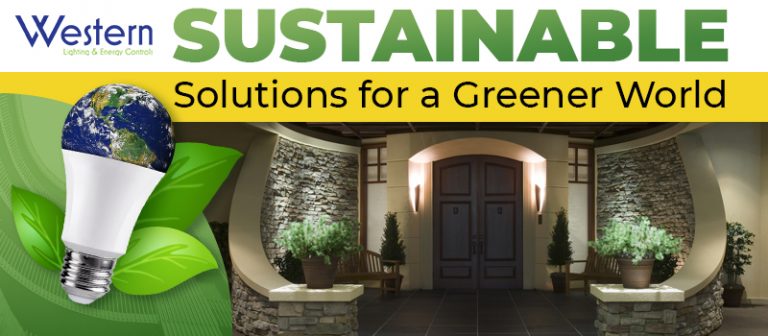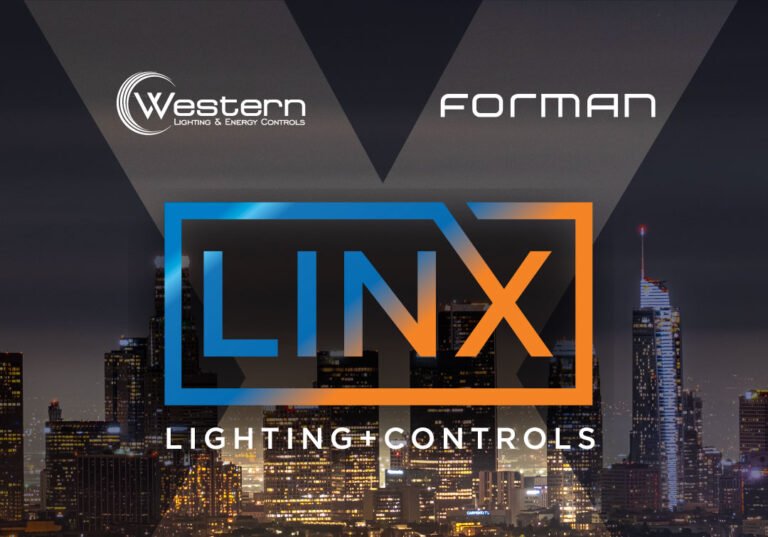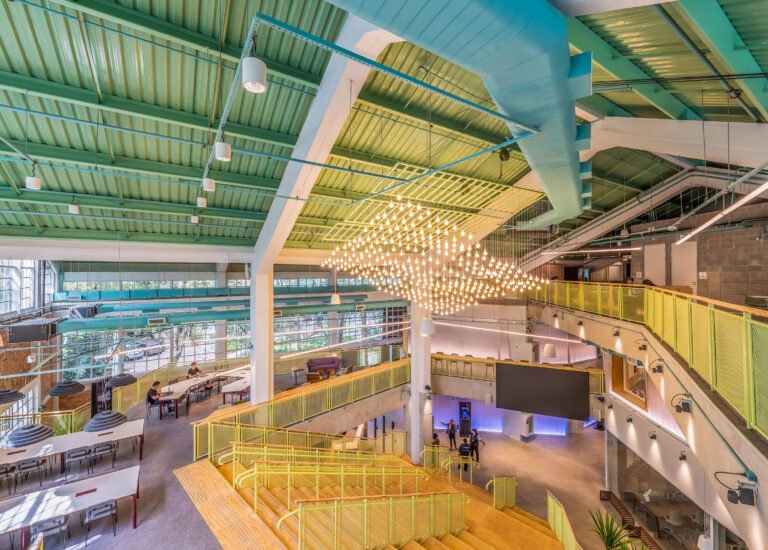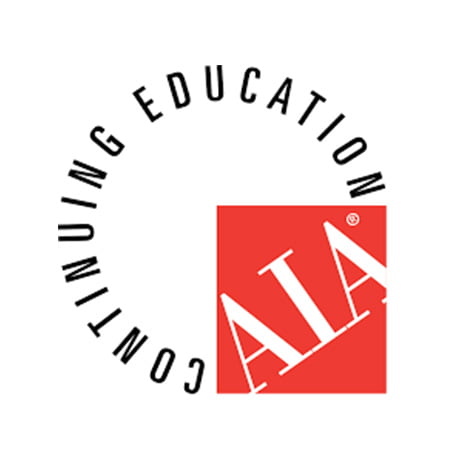Creating sustainable buildings is a topic that has been gaining increasing focus and attention over the past several decades. As technology has evolved, so too has our ability to create buildings that meet our needs, while having minimal negative impact on the environment. Ever since California’s first Title 24 building energy efficiency regulations went into effect back in 1978, architects, engineers, and builders have been looking for newer and better ways to enhance the efficiency of buildings, without driving up construction costs. Energy efficiency regulations have fueled innovation and growth in HVAC systems, photovoltaics, energy storage, lighting fixtures, and lighting controls. These advancements have elevated sustainability from a second-tier ask to a first-tier expectation. And have enabled California to achieve its goal of large scale production of net-zero energy homes by this year.
So, in today’s world, where net-zero is an expectation, what does it mean to be ‘green’? In one sense, all of the homes being produced to today’s Title 24 standards would meet the typical person’s expectation of a ‘green’ or sustainable building. They feature photovoltaic solar panels that create most, if not all, of the energy the home needs. They include high efficacy LED lighting controlled by dimmers or occupancy sensors. These features represent tremendous steps forward from where we began only a few decades ago. But there is still room for improvement.
There are several organizations that offer guidance and recommendations for how to create more sustainable buildings. At the top of the list is the US Green Building Council (USGBC), which created the Leadership in Energy and Environmental Design (LEED) certification program. This program looks holistically at the sustainability of the design, construction processes and materials that go into your building. This certification can result in additional benefits to the owner, including tax incentives, increased occupancy rates for leased buildings, and higher sale prices for properties.
As more buildings come online with their own energy generation capacity, a new problem has arisen. The solar panels placed on the roofs of these homes generate all their energy during the day, when the sun is out, but not at night. As a result, there is an imbalance between when energy is created and when it is needed. Title 24 recognizes and begins to address this by incentivizing the addition of solar battery storage systems to the home. A battery storage system allows energy to be collected and stored during the day, then provided back at night, allowing the home to operate truly off-grid.
Western Lighting and Energy Control Solutions is proud to represent an array of companies providing technology designed to meet the most demanding sustainability requirements. LED lighting fixtures by Cree, the world leader in high efficacy indoor lighting. Exterior solar fixtures by Soltech and ClearWorld can be operated completely off the grid. Lighting controls by Lutron that are designed to meet Title 24 dimming, time clock, and occupancy control requirements, and can be used towards LEED credits. Additionally, Lutron offers a line of shading fabrics that are Cradle to Cradle Certified. Solar battery storage systems by sonnen enable a fully net-zero, off-grid home.
Our in-house sustainability experts, Kevin and Sadie Berg, are here to help answer any question you might have about how our technology can enable your sustainable home or building project. According to Kevin, “The companies we represent are the world’s best sustainability enablers. Every year their products save energy equating to millions of metric tons of CO2 taken out of the air.” Sadie adds, “Our trifecta of high efficacy LED fixtures, intelligent controls, and energy automation make designing a sustainable home a breeze.” Call Sadie today to schedule your consultation to start down the path to a more sustainable future.
For more details, contact Sadie Berg [email protected] or call (714) 743-7433.




